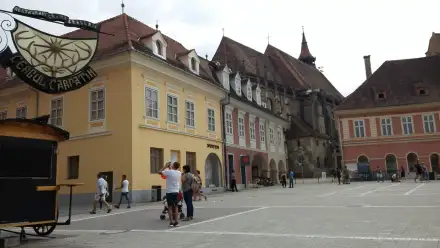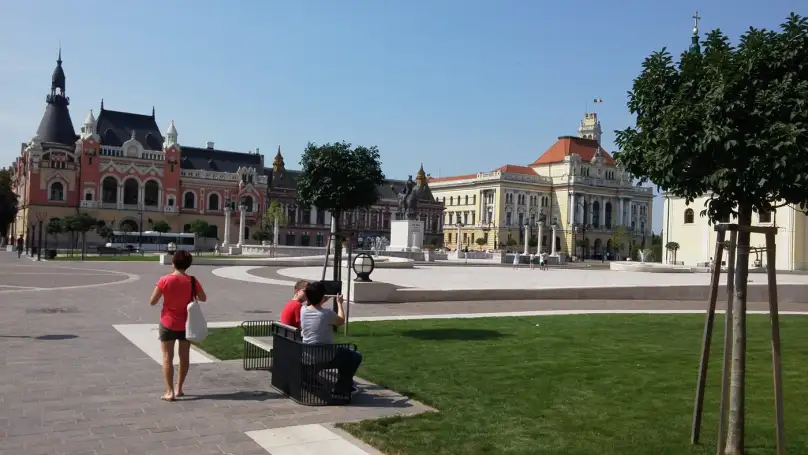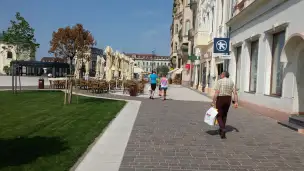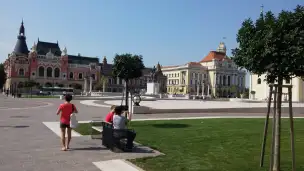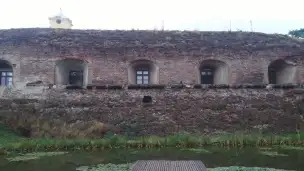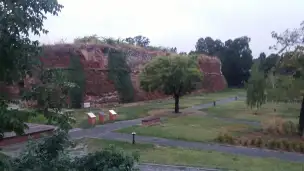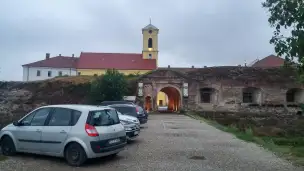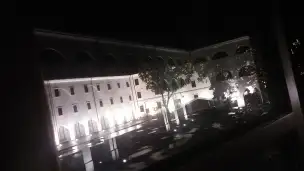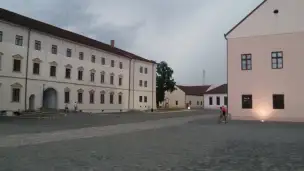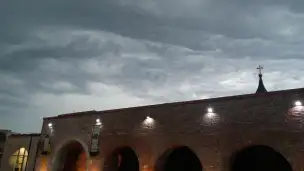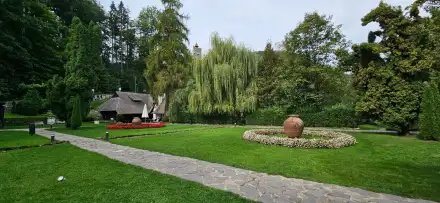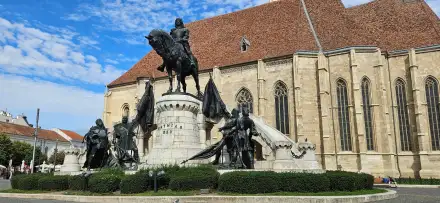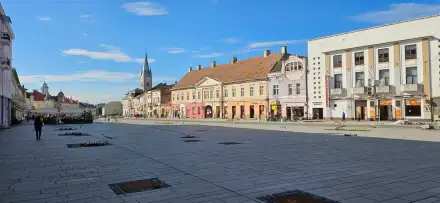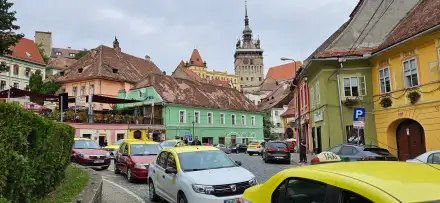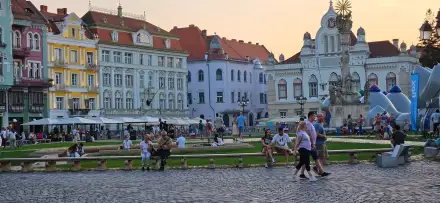A city in northwestern Romania, located on the border with Hungary, on the Crișul Repede River.
Oradea is a pretty and well-kept city, but in the summer season it feels empty and dull. Tourists seem to skip Oradea, not tempted even by the large waterpark and the beautiful Art Nouveau main square.
As a result, during our stay—in the middle of summer—half of the restaurants were closed, while the other half operated at half capacity. And this was even before the COVID lockdowns.
What might be the reason? Perhaps the lack of “vampire attractions” and souvenirs related to Vlad Dracula, which are Romania’s evergreen tourist bait. People unjustly ignore Oradea and simply head further toward Sibiu and Bran.
It is the fifth largest city in Romania and one of the most important cultural and economic centers of the region.
Oradea is home to numerous landmarks, including the Baroque Palace, the Roman Catholic Cathedral of St. Mary, the Neolog Synagogue, and Cetatea Oradea—a fortress built in the 15th century. The city is also known for the Felix Thermal Baths, which offer healing thermal waters and massages.
Discover the best flights to Romania See current prices and promotions.
Check flights to Romania
Piața Unirii (Union Square)
Union Square – established in the 18th century, it is the historical and cultural center of Oradea.
The square gained its present appearance thanks to the construction of buildings that still stand today: the Town Hall, the Greek Catholic Episcopal Palace, the Black Eagle Palace, and the Adolf Moskovits Palace.
Oradea Fortress
The fortress was built on the site of a monastery founded by King Ladislaus (László) I the Saint. The fortifications were constructed in the 11th and 12th centuries. The fortress was conquered by Tatars and Turks, and in 1692 Habsburg troops recaptured it.
